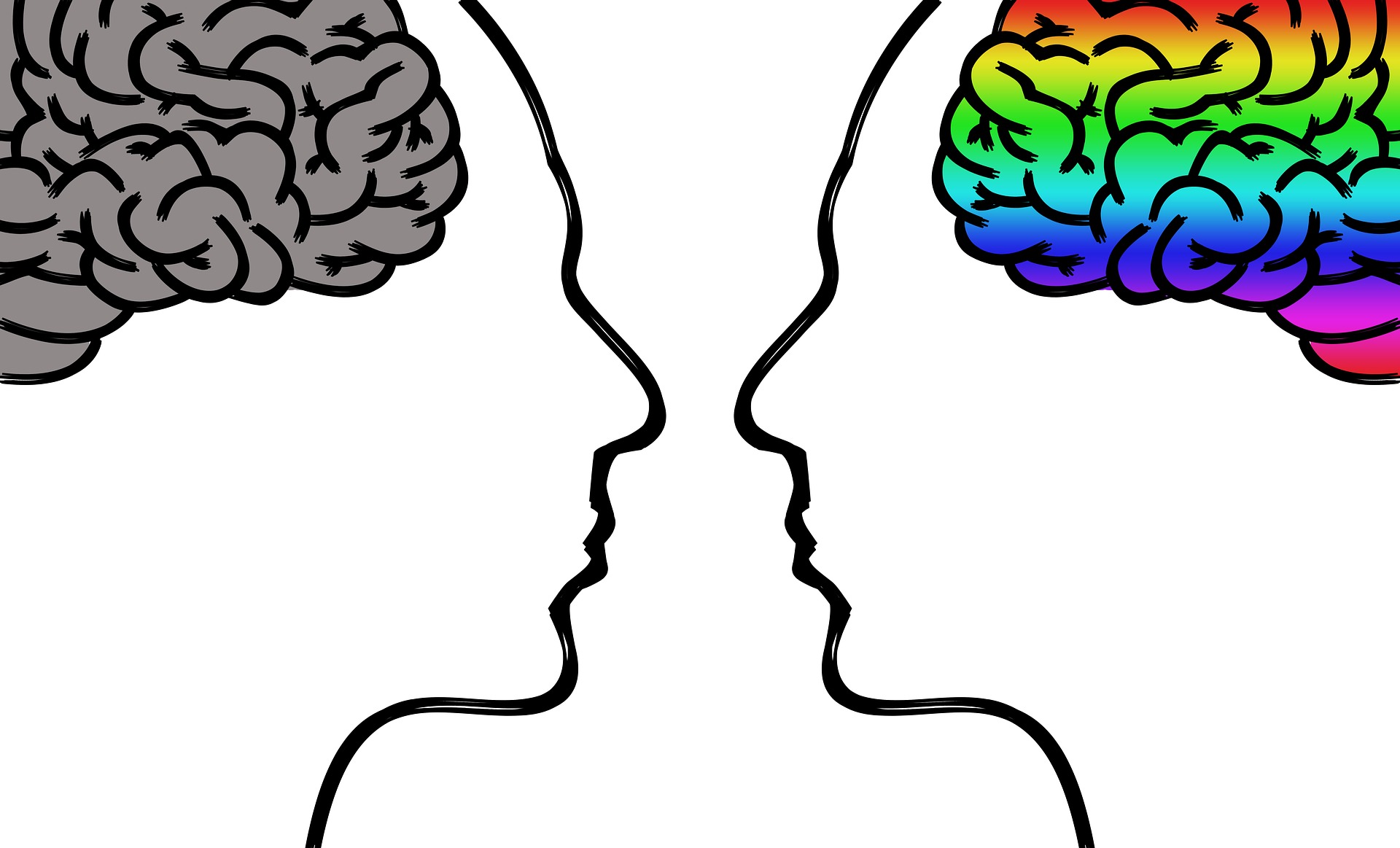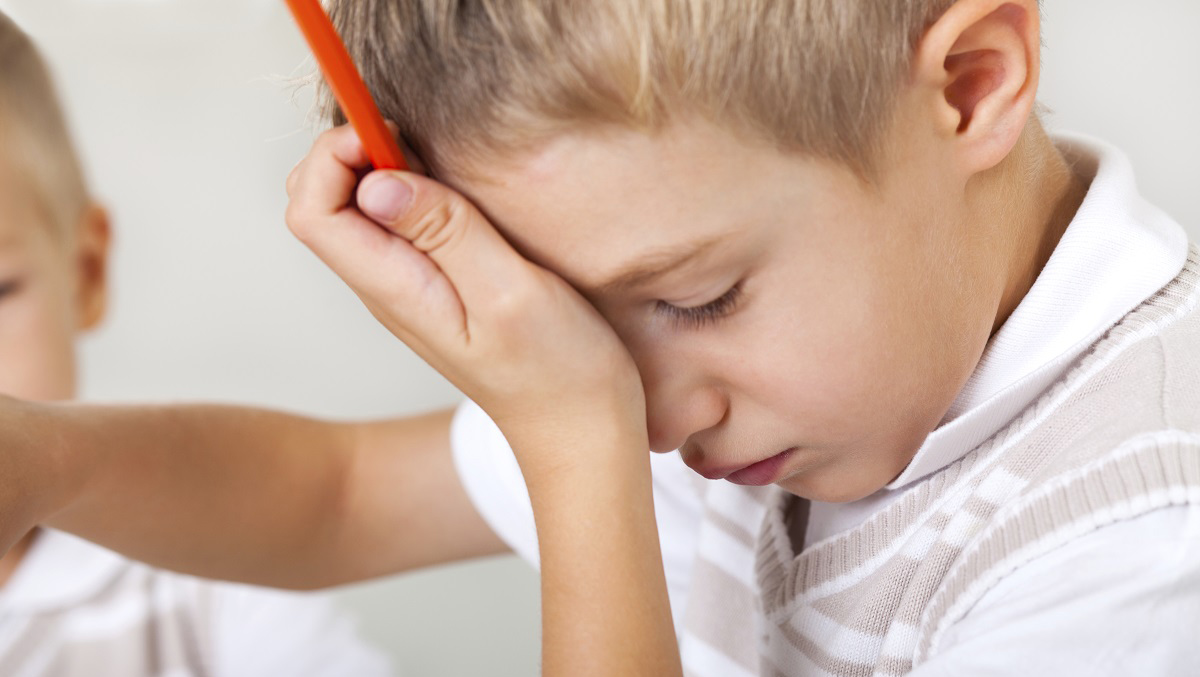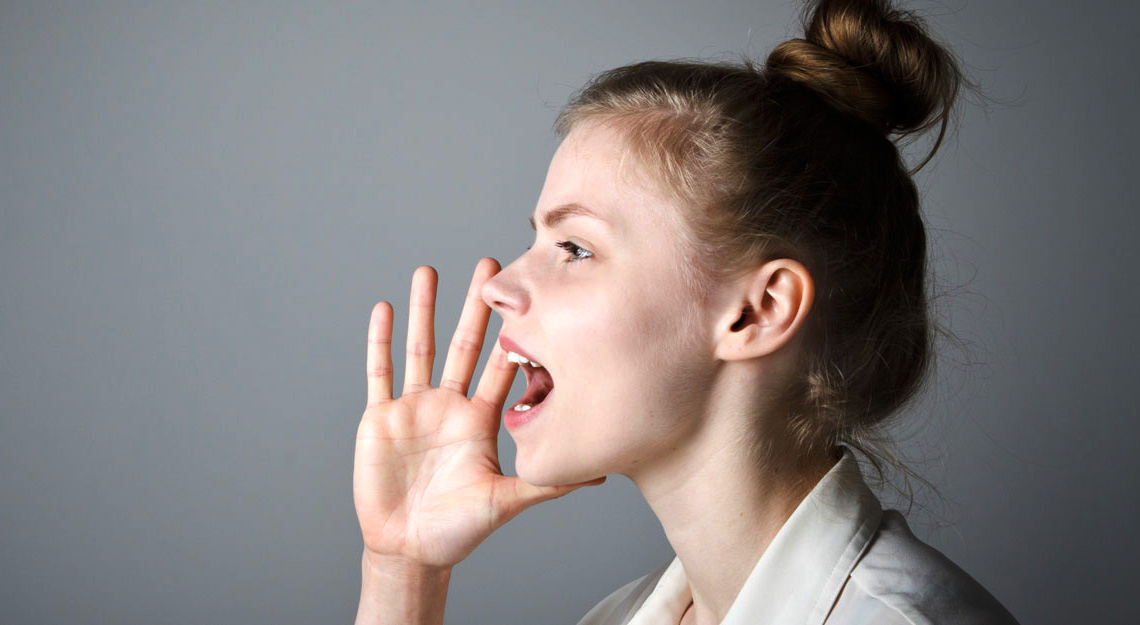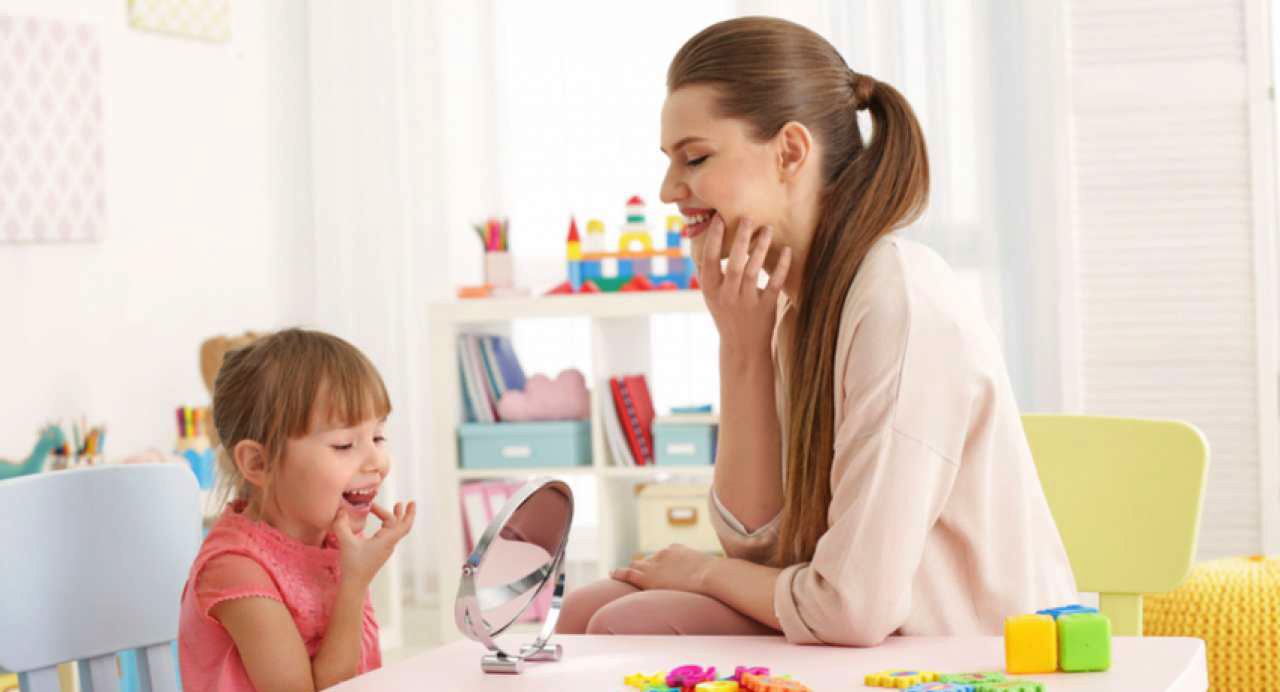[et_pb_section bb_built=”1″][et_pb_row][et_pb_column type=”4_4″][et_pb_text _builder_version=”3.13.1″]
Aphasia is a neurological disease of the left area of the brain that directly affects language: expression, comprehension, reading and writing, and which is associated with hemiparesis (paralysis) on the right side of the body.
It is a disorder more frequent than you think, and the average age of those affected has fallen markedly in recent years as a result of the pace of life, stress and unhealthy habits, and has gone from 60 to 35 years .
The treatment of aphasia is based on speech therapy. The specialist must always bear in mind that the injury suffered by an aphasic patient makes it impossible for him to express or understand himself, but that does not imply that he does not understand, or that he does not know what he wants to say, another thing is the information that he is capable of. to transmit. Therefore, it is essential to empathize and give your time, or collaborate with him indirectly without correcting him, since it is a pathology that at the psychological level seriously affects; the level of frustration is very high, and this directly interferes with their evolution and improvement. It would be advisable that both the patient and their immediate environment go to a professional psychologist.
The work of the speech therapist at the time of re-educating the language of an aphasic will consist of reinforcing the following areas:
- Attention: we work through orders and instructions that must be met to check understanding. They are very helpful table games (dominoes, chess, cards …), since they force you to stay focused for a long period of time.
- Memory: you can work through such simple and routine things as making the shopping list, remembering elements that are presented or are part of a specific area of the house or furniture, touching different food textures that are in the home so that the entrance way is not always visual, but also reinforcing other sensory areas of the senses such as smell, touch, hearing.
- Temporary orientation: the patient is asked to indicate the date, forcing him to look for references and an organization for a correct temporary location.
- Spatial orientation: you start with the most basic, reinforcing the space by working with your own body, on your body with respect to a room and, finally, with spatial representations through paper and pencil (straight lines, diagonal lines, circles, triangles … ).
- Calculation: you need that the space and memory areas are previously reinforced.
- Agnosias: it consists in an alteration of the recognition, so through photos, drawings and real objects it can be reinforced. Auditory agnosia: it is reinforced with the recognition and repetition of sounds, onomatopoeias, imitations…
- Visual agnosia: we work through couples memory games, identifying shapes, symbols, colors, pictograms, sizes …
- Apraxia (inability to perform movements voluntarily).
- Constructive apraxia: it is reinforced by making puzzles, figures, completing images…
- Ideatory apraxia: it is reinforced through the imitation of gestures and movements previously marked in a temporal and spatial order, such as, for example, making of mime.
- Hemiplegia: to be able to give fluidity and greater control to the area of the arm, hand and fingers, we will work starting with the movement of the clamp for the correct fixation of the pencil or similar, twists of the wrist, and coordination with the arm for a correct writing and handling.
It is very important for the self-esteem of the aphasic patient to feel supported by their loved ones and integrated into their close environment.
Learn more about your health and well-being at Pharmamedic.
[/et_pb_text][/et_pb_column][/et_pb_row][/et_pb_section]








